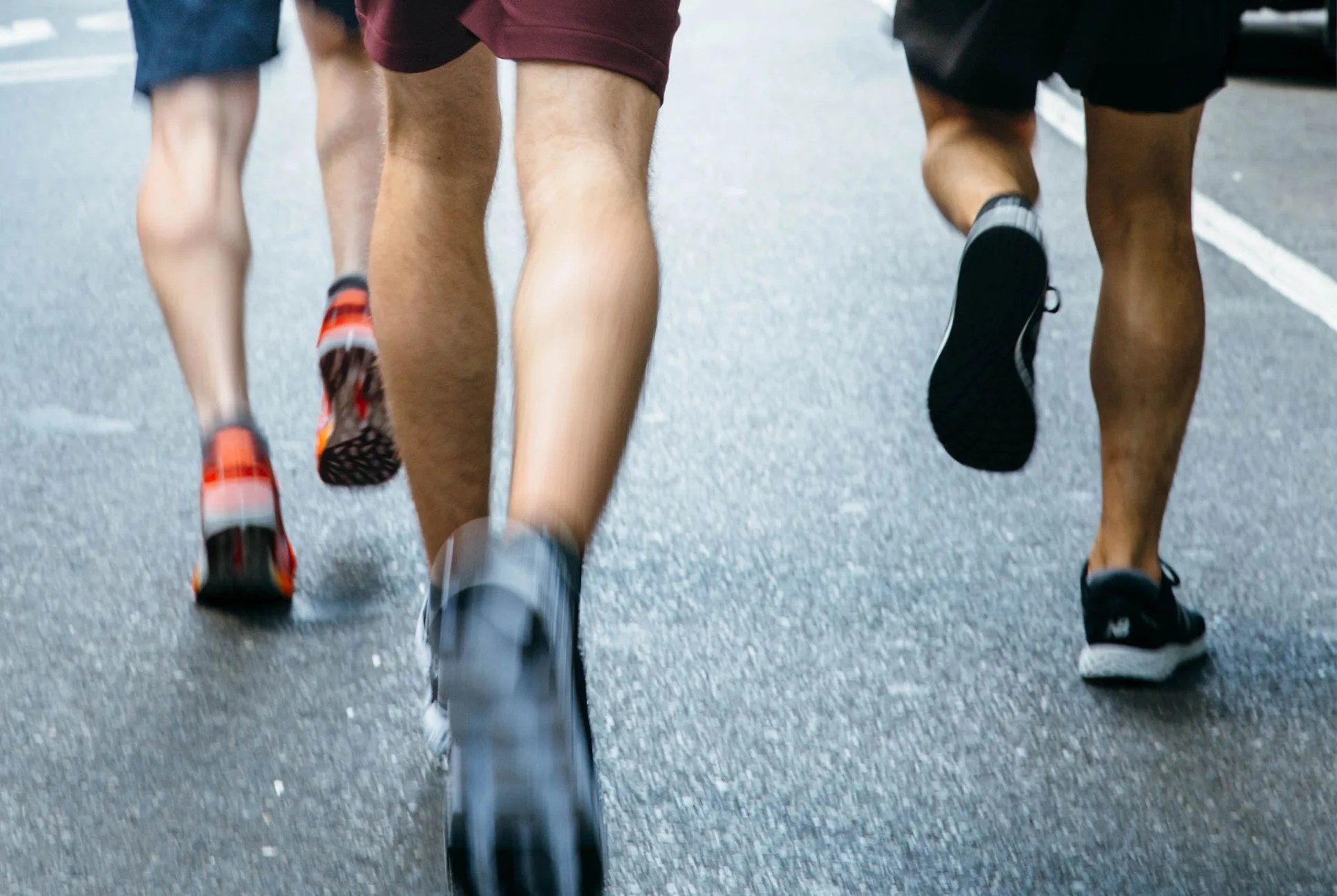The New York Times just published a great story by Gretchen Reynolds about how running could reduce back pain, which you should read now. The new data that the story is based on was first surfaced in Scientific Reports.
Swedish researchers selected focus groups consisting of long-distance runners, average-fitness runners, and people who did not run or exercise. When the researchers scanned the spines of the test groups, they found that the discs in those who ran were significantly more robust and larger than the group that did not run or exercise. Larger discs are indicative of a higher amount of viscous fluid, which helps to cushion your spine and reduce the risk of injury and back pain — in other words, better spine health. This is only one study on a select group of people, and it is unclear whether or not running will help with existing back problems, but the data certainly suggests that running leads to healthier discs. If you’re trying to improve your running and build healthier discs in the process, try the workout below from professional marathoner and ultrarunner Michael Wardian.
I like this workout because it helps me focus on trying to hold a faster pace as my body fatigues and has to do battle like you do in races. This workout makes you faster and mentally strong. It also teaches patience and balance while holding pace. It can also be tweaked for any athlete because you can just reduce the amount of time and choose your own “steady pace.” — MW
Over the course of 90 mins, start with 20 minutes at a comfortable pace, then pick the pace up as follows:
Set 1: 5 minutes at 10 seconds faster per mile than steady pace
(easy running for 30 seconds).
Set 2: 4 minutes at 15 seconds faster per mile than steady pace
(easy running for 30 seconds).
Set 3: 3 minutes at 20 seconds faster per mile than steady pace
(easy running for 30 seconds).
Set 4: 2 minutes at 30 seconds faster per mile than steady pace
(easy running for 30 seconds).
Set 5: 1 minutes at 60 seconds faster per mile than steady pace
(easy running for 30 seconds).
Finish out the 90 minutes back at the steady place you started at before workout.

